|
| | Author | Message |
|---|
PaulRyckier
Censura

Posts : 4902
Join date : 2012-01-01
Location : Belgium
 |  Subject: Origin Dollar sign Subject: Origin Dollar sign  Thu 26 Dec 2019, 22:47 Thu 26 Dec 2019, 22:47 | |
| Read an article about the origin of the dollar sign. It seems that there are several theories. Americans have a theory to let it fit in their country's history and they don't seem pleased by the alternative theories as the dollar originated in the Spanish countries. Perhaps the Spanish have also a bit national pride to link it to "their" dollar. Originated from "our" Charles V from Ghent  ...from the Burgundian Kreiz, the later Seventeen Provinces... (Can nobody give a valid shortener, without subscription. I didn't found one...  ) https://www.amazon.com/Spanish-Empire-Historical-Encyclopedia-volumes-ebook/dp/B01HMXHR9OIt is on page 161 of the google books And the several theories https://www.bankofcanadamuseum.ca/2019/04/how-does-dollar/As said I prefer the Spanish dollar theory with the Pillars of Hercules and the "plus ultra" " In Greek mythology, Spain and Morocco were once connected by a tall mountain. Hercules created the gateway to the Strait of Gibraltar by breaking through this mountain—with his mighty sword. These great promontories were known as the Pillars of Hercules. The “pillars” have been represented literally as pillars and have together been a symbol of Spain for centuries. They are usually depicted with an S-shaped scroll loosely wrapped around them either together or, more tantalizingly, individually. So common were coins with this image that it’s easy to see them as the root of the dollar sign. But, again, there’s that shrug."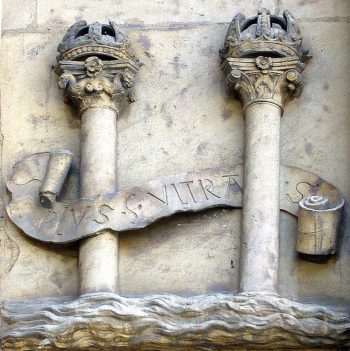 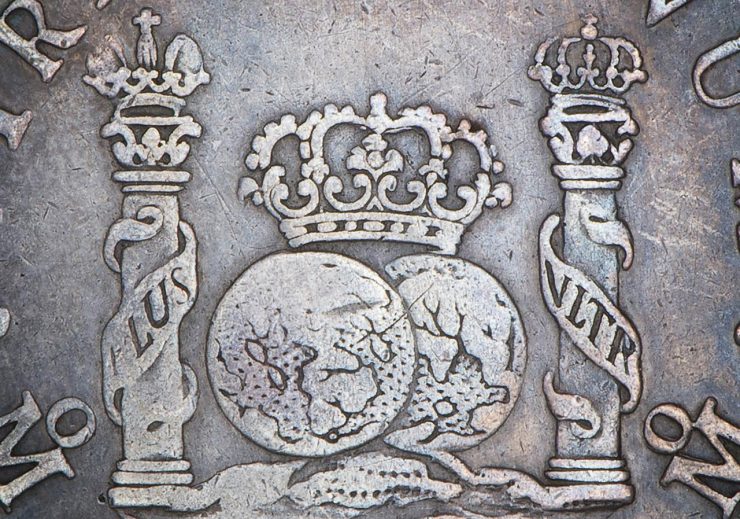 https://en.wikipedia.org/wiki/Spanish_dollar https://en.wikipedia.org/wiki/Spanish_dollar And the Spanish view  from Iberdrola https://www.iberdrola.com/culture/spanish-dollar Kind regards, Paul. |
|   | | Vizzer
Censura

Posts : 1851
Join date : 2012-05-12
 |  Subject: Re: Origin Dollar sign Subject: Re: Origin Dollar sign  Thu 26 Dec 2019, 23:36 Thu 26 Dec 2019, 23:36 | |
| The Pillars of Hercules theory is plausible but maybe a bit tenuous.
I'm more inclined towards the dollar sign $ representing the letters 'S' and 'I' of Sanctus Ioachimus the Latin name of St Joachim and namesake of Sankt Joachimsthal (Jachymov) in Bohemia. The town was famous from the 16th Century onwards for its silver mines and the Joachimsthaler coins named after it. |
|   | | Meles meles
Censura

Posts : 5119
Join date : 2011-12-30
Location : Pyrénées-Orientales, France
 |  Subject: Re: Origin Dollar sign Subject: Re: Origin Dollar sign  Fri 27 Dec 2019, 08:51 Fri 27 Dec 2019, 08:51 | |
| That's what I always thought too. The Joachimsthaler coins did bear an 'S' and an 'I', not superimposed but you can see how the currency probably came to be written, 'SI', 'IS', 'JS', 'SJ', 'J s', ' SI', or simply '$'. 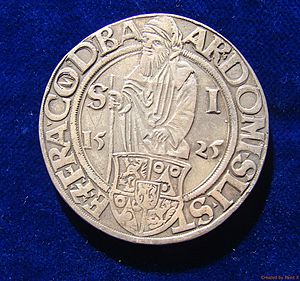 A silver Joachimsthaler of 1525. The first major finds of silver in this area of Bohemia were made around 1500 and were immediately exploited with production rapidly rising to a peak between 1515 and 1540, during which time some three million Troy ounces of silver (about 90 tonnes) were produced annually. Thereafter production quickly declined, not because the mines were exhausted but rather because they were no longer profitable in the face of the flood of silver into Europe from the mines in Spanish South America, most notably from those around Potosi (now in Bolivia) which started to produce in earnest in the 1540s (and continued doing so for centuries - the mines are still in operation today). This South American silver was the basis for the international supremacy of the Spanish peso. 'Peso' simply means weight/measure, in exactly the same way that an English pound or French livre, are both also measures of weight and of currency equal, at least originally, to a pound (weight) of silver bullion. The peso (or rather the 8-peso coin, which was the biggest denomination issued) later became known as the Spanish-thaler, talar, tolar, or in Spanish, a 'dolar' (originally always spelled with one 'l') and was used as the international currency unit throughout the Spanish Empire and its trading neighbours in the Americas, Asia and Europe. These famous "pieces-of-eight" or "eight-real" coins (ie 8 Spanish pesos/reals = 1 dolar) had the same weight and size as the Joachimsthaler and so were generally interchangeble at least when first issued, and thereafter, backed by New World silver and having seen the Joachimsthaler off the international stage, the Spanish peso largely reigned supreme in commerce as the currency of international confidance. There was however a slight difference in the silver content of the actual coins in circulation, especially so after 1644 when the Spanish currency as a whole was devalued (albeit only a bit) by slightly reducing the fine silver content of the coinage being minted. Ironically this action was precipitated because of the rampant inflation then being suffered by Spain, which was itself largely caused by the innundation of silver and gold bullion from the New World, which had undermined Spain's exports of manufactured goods and agricultural produce ... but I'm no economist and I think the story is probably much more complicated. Anyway the Spanish peso was originally written as 'P s' but in time this morphed to a 'p' and 's' combined - this is well attested by written documents/accounts of the time - perhaps in imitation of, or maybe as a deliberate distinction from, the original Joachimsthaler. But whatever the route, they seem to have merged in useage, particularly when the Spanish peso/dollar attained particular significance in the Thirteen Colonies. This importance was because Spanish silver pesos/dolars were used to back the paper money authorized by the individual colonies ... and that's probably the principal reason why, after Independence, Congress decided to adopt the US dollar rather than a US pound as the new nation's currency. Well, that at least is how I always understood the dollar sign to have developed.
Last edited by Meles meles on Fri 27 Dec 2019, 14:18; edited 1 time in total |
|   | | Nielsen
Triumviratus Rei Publicae Constituendae
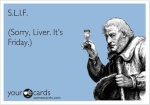
Posts : 595
Join date : 2011-12-31
Location : Denmark
 |  Subject: Re: Origin Dollar sign Subject: Re: Origin Dollar sign  Fri 27 Dec 2019, 14:16 Fri 27 Dec 2019, 14:16 | |
| Interesting topic, imo, and as Paul hints at with ' "our" Charles V from Ghent', I should suggest there was quite some mixture of economies as he - Charles - as well as being King of Spain (as the First of that name) and later Holy Roman Emperor of the German Nation (numbered as such as V), he was by inheritance the owner of large parts of Southern Americas - in some places still known as Hispano Americas - as well as liege lord or suzerain of large tracts of lands in Europe. |
|   | | Meles meles
Censura

Posts : 5119
Join date : 2011-12-30
Location : Pyrénées-Orientales, France
 |  Subject: Re: Origin Dollar sign Subject: Re: Origin Dollar sign  Fri 27 Dec 2019, 15:08 Fri 27 Dec 2019, 15:08 | |
| Yes indeed that occurred to me too ... especially when I started to look into the actual silver content - the 'real' value as it were - of the supposedly equivalent coins being issued throughout the empire.
Because of changes in standards and systems of measurements I'm not entirely certain, but I reckon the silver content of a typical early 16th century Joachimsthaler was about 95.52%Ag ... however a Spanish real or dolar of the same time typically contained only 93.06%Ag. The precious metal content of Spanish silver coinage dropped by about another 1% in 1645 (but not uniformly across all coins being minted), and then dropped further still in the early 18th century, so that by 1723 the silver content of a Spanish dolar was probably only about 91.67%Ag ... and then by 1778 it was likely only 90.28%Ag.
For comparison English 'Sterling silver', ie the standard alloy for 'real' silver coinage in England as introduced by Henry II (ie not the shiny cupro-nickel stuff currently in regular circulation) is still defined as being 92.50%Ag (the actual proportion is defined in terms of ounces and pennyweights (1⁄240 of a pound), but it works out as 92.5% by weight of silver and 7.5% by weight of other metals, mostly copper, to give some strength and resistance to wear). That standard alloy is still regularly used for common silver articles such as cutlery, platters, church chalices, small decorative items and general jewellery.
However to be fair to the Spanish monarchy, over the centuries several English monarchs have also decided to debase the currency of the realm - ie melting down coinage, adding some cheap copper to the mix, and then re-making and re-issuing the same number of coins, whilst pocketing the excess silver - here's looking at you Edward III and Henry VIII.
But frankly, as a policy, has it ever really worked? It certainly didn't for Henry VIII, who tried it to raise ready cash during the 1545 invasion scare. But Henry's 'fiscal intervention' led to a loss of confidence by foreign merchants in the English ability to pay with accepted/recognised coinage; which in turn caused crucial shortages of essential military supplies just when they were needed most urgently. Moreover local prices too soon became inflated once the English populace got adept at recognising - through the colour, or the date of issue, or just simple suspicion - those coins that had been newly minted without the full silver content. As a result people hoarded the old 'proper' coins, while passing the new currency on in change ... or they simply added a surcharge (a penny extra on every pound was normal for London in the summer of 1545 - that's roughly a 0.4% surcharge which is more, percentage-wise, than the whole nation's coinage was actually debased (and so someone, no doubt, made a fortune). Nevertheless it still it took Henry's successors - Edward VI, Mary I and Elizabeth I - years and much expense, to re-establish stablity and confidence in the English currency.
Last edited by Meles meles on Sun 15 Nov 2020, 20:23; edited 1 time in total |
|   | | Vizzer
Censura

Posts : 1851
Join date : 2012-05-12
 |  Subject: Re: Origin Dollar sign Subject: Re: Origin Dollar sign  Sat 28 Dec 2019, 22:47 Sat 28 Dec 2019, 22:47 | |
| - Meles meles wrote:
- Anyway the Spanish peso was originally written as 'Ps' but in time this morphed to a 'p' and 's' combined - this is well attested by written documents/accounts of the time - perhaps in imitation of, or maybe as a deliberate distinction from, the original Joachimsthaler. But whatever the route, they seem to have merged in useage, particularly when the Spanish peso/dollar attained particular significance in the Thirteen Colonies.
The superimposition of letters to create identifying symbols has a long and varied history. One of the oldest is the ‘chi rho’ symbol: 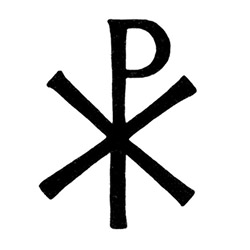 Dating from at least the 4th Century AD, it combines the first 2 letters of Christos (XP) in the Greek alphabet being a Christian identifier particularly popular with the Roman Catholic Church. There is also some evidence that the symbol pre-dates Christianity as ‘rho chi’ (PX) with reference to the Ptolemaic dynasty of Egypt. Sports clubs are also fond of superimposed letters:  (Soccer's Glasgow Rangers Football Club logo c.1880) 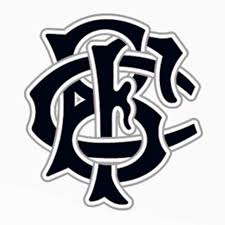 (Rugby's Barbarian Football Club logo c.1900) 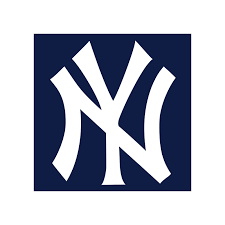 (Baseball’s New York Yankees logo 1947) |
|   | | Meles meles
Censura

Posts : 5119
Join date : 2011-12-30
Location : Pyrénées-Orientales, France
 |  Subject: Re: Origin Dollar sign Subject: Re: Origin Dollar sign  Sun 29 Dec 2019, 10:33 Sun 29 Dec 2019, 10:33 | |
| Superimposition of letters was also used for the symbol of the now defunct European Currency Unit, ₠. Interestingly, although the ECU (not to be confused with the old French coin, the écu) was only an electronic unit of account and not a full currency, when I worked in precious metal refining, I distinctly remember seeing a whole load of palladium ECU coins. They would have been intended as investor coins (like gold Krugerands and sovereigns, or palladium nobles) and came in to be melted down, probably from the Royal Mint as rejects from quality control, but maybe simply because no one would buy them.
But this got me thinking about currency symbols generally. As well as the US dollar, $, many other currency symbols also incorporate one or two bars, for example, the Japanese yen, ¥, the Chinese yuan, ¥, the Russian rouble, ₽, the Indian rupee, ₹, the Thai baht, ฿, the South Korean won, ₩, etc. I had assumed all these currencies were simply following the American model, which may be so in some cases, but then realised this cannot be the whole story as the British pound symbol has been in use long before the dollar came into being.
According to the Royal Mint Museum, "It is not known for certain when the horizontal line or lines, which indicate an abbreviation, first came to be drawn through the L. However, there is in the Bank of England Museum a cheque dated 7 January 1661 with a clearly discernible £ sign. By the time the Bank was founded in 1694 the £ sign was in common use."
And then there's the euro, €. According to the European Commission, "Inspiration for the € symbol itself came from the Greek epsilon (ϵ) – a reference to the cradle of European civilization – and the first letter of the word Europe, crossed by two parallel lines to ‘certify’ the stability of the euro."
But why do so many currency symbols use a letter struck through by horizontal or vertical bars? |
|   | | Vizzer
Censura

Posts : 1851
Join date : 2012-05-12
 |  Subject: Re: Origin Dollar sign Subject: Re: Origin Dollar sign  Sun 29 Dec 2019, 15:10 Sun 29 Dec 2019, 15:10 | |
| - Meles meles wrote:
- But why do so many currency symbols use a letter struck through by horizontal or vertical bars?
The choice of whether to use 1 or 2 strikesthrough on a currency symbol is also intriguing and seemingly haphazard. The British pound sign has 1 strikethrough: 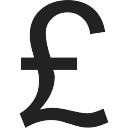 (as did the Irish punt) The Italian lira had 2 strikesthrough: 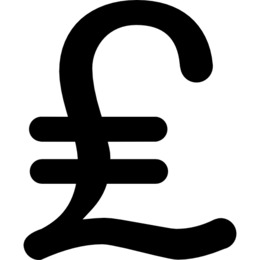 (alternatively the letter ‘L’ sufficed) Somewhat paradoxically Malta used 2 strikesthrough (Italian style) while a British crown territory and Commonwealth realm: 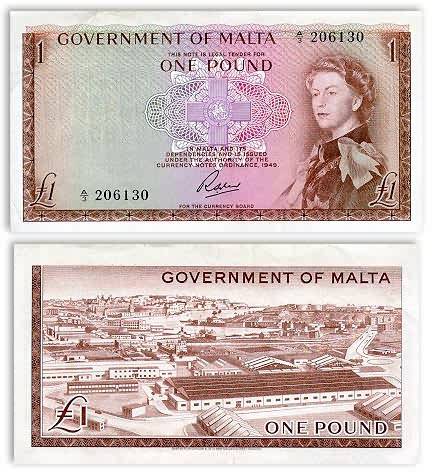 but then switched to 1 strikethrough (British style) following the establishment of the republic in 1974: 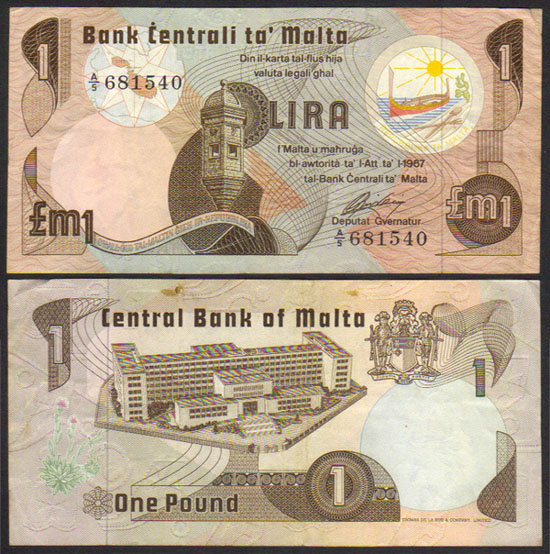 Later again the strikethrough was dropped leaving the letters ‘Lm’ for lira Maltija:  (Maltese £20 note from the 1980s) Similarly, the Cyprus pound had 2 strikesthrough while part of the British Empire:  but the Cypriot lira had 1 strikethough following independence in 1960:  (Cypriot £10 note from the 1990s) The new Turkish lira symbol is quite clever: 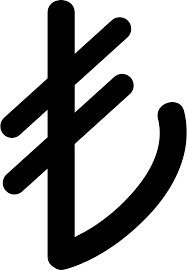 (designed in 2012 it superimposes the letter ‘t’ on a struckthrough letter ‘l’) |
|   | | Caro
Censura

Posts : 1522
Join date : 2012-01-09
 |  Subject: Re: Origin Dollar sign Subject: Re: Origin Dollar sign  Mon 30 Dec 2019, 21:21 Mon 30 Dec 2019, 21:21 | |
| I feel that in earlier times we in NZ put two strokes through the pound symbol. But I may be mis-remembering. For some odd reason I have always loved writing dollar and pound signs. |
|   | | brenogler
Praetor

Posts : 117
Join date : 2011-12-29
Location : newcastle - northumberland
 |  Subject: Re: Origin Dollar sign Subject: Re: Origin Dollar sign  Sun 15 Nov 2020, 19:45 Sun 15 Nov 2020, 19:45 | |
| This a somewhat belated reply, Caro, but here in Britain I have always used two lines to cross the £ symbol, though as you see, before, my computer (or Nordmanns), uses one. |
|   | | Sponsored content
 |  Subject: Re: Origin Dollar sign Subject: Re: Origin Dollar sign  | |
| |
|   | | |
Similar topics |  |
|
| | Permissions in this forum: | You cannot reply to topics in this forum
| |
| |
| |
